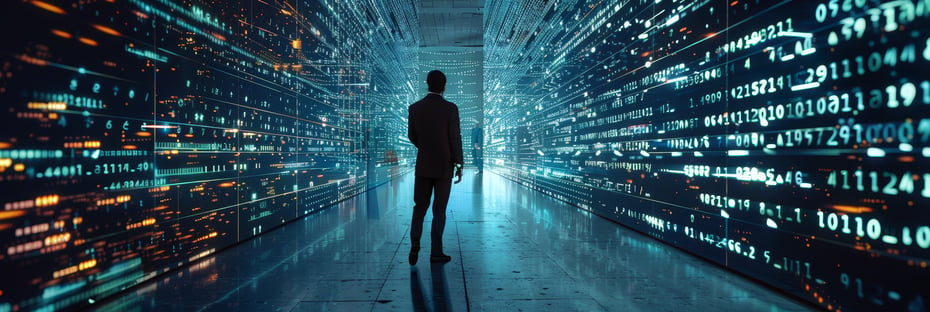In an era where digital transformation is not just an advantage but a necessity, data centres stand as the backbone of the global technology landscape. These critical facilities face escalating challenges that demand innovative solutions. From the complexities of managing stranded power to the imperative of energy efficiency, understanding these challenges underscores why energy optimisation software at the server level is becoming essential. Here’s a look at the top five challenges data centres worldwide are currently grappling with:

- Stranded Power from the Grid: Stranded power refers to the electrical capacity that is available but not utilised due to inefficiencies or constraints within the data centre's power infrastructure. This often results from over-provisioning to ensure reliability, leading to wastage and inefficiencies. For many facilities, the challenge isn’t just about having enough power; it's about utilizing this power effectively without leaving any of it stranded. Efficient power management can significantly enhance operational cost efficiency and reduce wastage.
- Inadequate Power Supply: As data centres grow and their operations become more complex, the demand for power increases exponentially. Many regions struggle with providing sufficient power to these facilities, particularly in areas where the energy grid is already under pressure. This lack of power can lead to operational disruptions and limit the ability of data centres to scale effectively, affecting service delivery and expansion plans.
- The Imperative of Energy Efficiency: Data centres are among the largest consumers of energy worldwide, leading to an urgent need for energy-efficient practices. Improving energy efficiency helps in reducing operational costs and is crucial in minimising the carbon footprint of these facilities. As global awareness and regulations around environmental impact tighten, data centres must adopt more sustainable practices to stay compliant and competitive.
- Environmental Impact: The environmental impact of data centres is profound, primarily due to their significant energy consumption and the associated carbon emissions. Cooling systems, which are essential for maintaining optimal server operating temperatures, also contribute heavily to energy use. Reducing energy consumption through better infrastructure design and energy management practices is vital not only for cost management but also for reducing ecological footprints.
- Need for Server-Level Energy Optimisation Software: Addressing the challenges of stranded power, inadequate power supplies, and the need for increased energy efficiency necessitates the adoption of sophisticated solutions like server-level energy optimisation software. This technology, such as QiO Technologies’ DC+ software, plays a pivotal role. By dynamically optimising server power configurations based on real-time data and workload requirements, DC+ ensures that no energy is wasted. The software’s AI-driven algorithms adjust power usage intelligently, maximising the available power and significantly reducing energy consumption without compromising on performance.
Why is Server-Level Energy Optimisation Imperative?
Implementing energy optimisation software like DC+ at the server level allows data centres to overcome many of the challenges they face. It helps in:
- Maximising Grid Power Utilisation: By ensuring that available power is not stranded but used efficiently, DC+ helps data centres get the most out of their electrical capacity.
- Reducing Operational Costs: Lower energy consumption translates directly into reduced utility bills, a major operational cost for data centres.
- Enhancing Sustainability: By reducing the power consumption and carbon footprint of data centres, DC+ supports more sustainable operations in line with global environmental goals.
- Improving Scalability and Reliability: With efficient power use, data centres can scale without the constant need for additional power supplies, maintaining reliability even as demand fluctuates.


